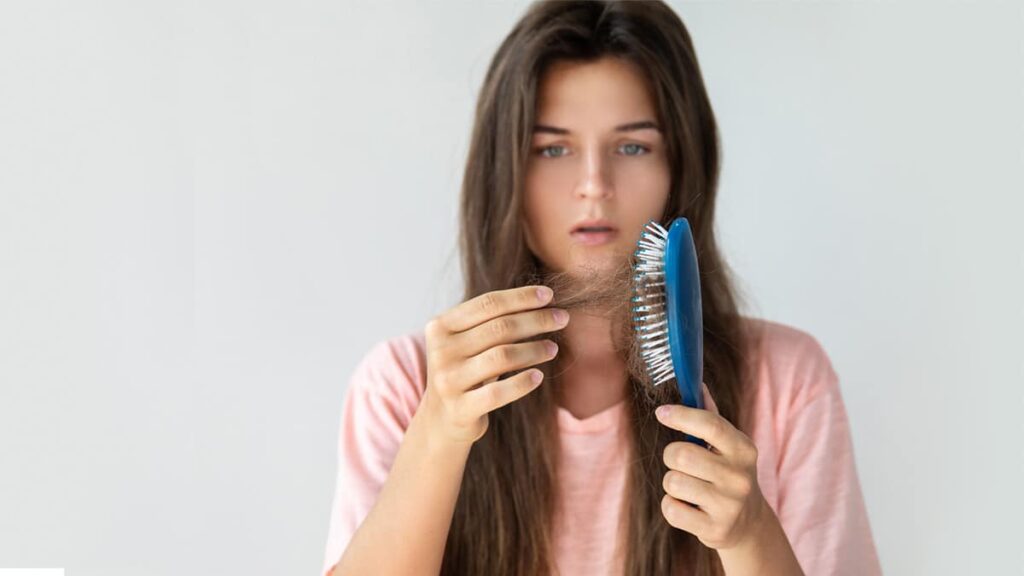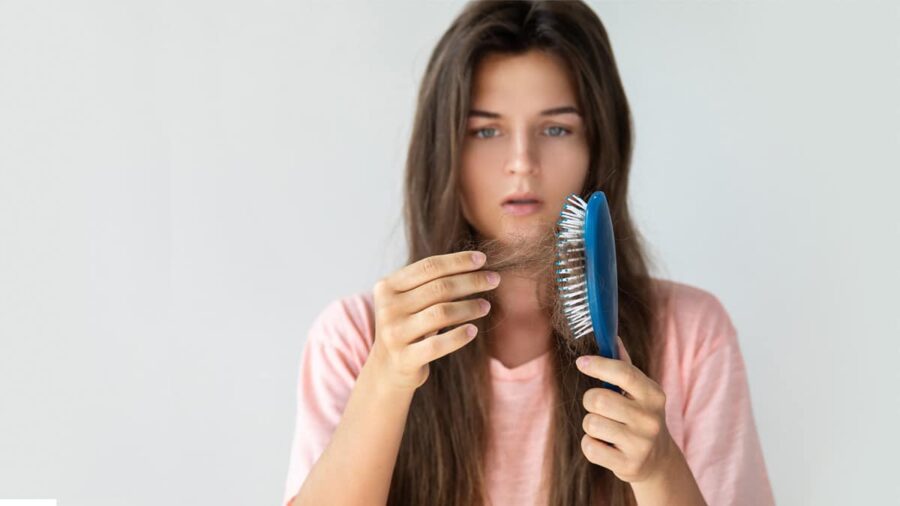Men grow terminal hair on some parts of the body, after puberty, but some women grow this type of hair on those parts of their bodies as well and this condition is known as Hirsutism. It can be triggered when some factors are present. These factors include hyperinsulinemia, hyperprolactinemia and some disorders related to ovary glands and the adrenal. Hirsutism can also be classified as one of the side effects of danazol, Norplant and some other drugs; the same applies for anabolic steroids.
Read Tressurge Hair Growth Serum Review here…
Hair Growth Disorder in Women

The common cause of Hirsutism is the Polycystic Ovary Syndrome. This syndrome affects six percent of women of reproductive age. This condition is best known as hyperandrogenism and chronic anovulation. A woman suffering from anovulation may also suffer from infertility. In many cases, but not all of them, increased androgen hormones and insulin resistance are associated with the Polycystic Ovary Syndrome. Some people think that hyperinsulinemia can cause an increase in androgen and probably ovarian production.
Hirsutism can also result from ovarian tumors that produce androgen. Women whose testosterone levels are two and a half times higher than normal, should visit a doctor to evaluate the possibility of a tumor. In most of the cases, tumors are not the cause of high testosterone levels; they could be product of simple ovarian hyperplasia. When dihydroepiandrosterone sulfate levels are two times higher than normal values, the possibility of adrenal tumor should be taken in consideration. In the same way, a prolatinoma becomes a possibility if you have high levels of prolactin.
Women with hirsutism may have symptoms that overlap those of Polycystic Ovary Syndrome—the condition in this is caused by congenital adrenal hyperplasia. Partial deficiency of 21-hydrxylase is commonly the enzyme defect. Although dihydroepiandrosterone sulfate may increase with 21-hydroxylase deficiency, 17 alpha-hydroxyprogesterone can be the most specific test for this condition.
Women going through menopause who are not in a therapy to replace hormones with estrogen may notice thinner hair growing in the armpit and the pubic area. This is because of decreasing dihydroepiandrosterone sulfate levels due to increased hirsutism which is caused by high estrogen and androgen levels. Women having this hair growth disorder should also consider evaluating the possibility of tumors related to increased androgen levels.
There is no definable cause of hirsutism in 5 to 15 percent of women. However, idiopathic hirstutism, which is also referred to as ‘unknown hirsutism’, must be diagnosed after going through laboratory and clinical evaluations to rule out the possibility of Polycystic Ovarian Syndrome and other known cases.


